Nick Dennis
WCHA UK
I am the fortunate owner here in the UK of an early Peterborough Cedar Rib Canoe. She was featured a few years ago in Wooden Canoe and she is named Femme Fatale. I use her, paddle and sail here in the east and was sailing her just the other week.
This weekend I was due out on Sunday paddling and as it had been exceptionally hot here for the last week I loaded her onto the car late on Friday so that she could get a good smoking in the forecasted rain over Saturday which would enable her to "take up".
I have an Easiload side loading roof rack which makes loading a couple of wooden boats atop a Land Rover much easier. The instructions are quite clear
[url=https://flic.kr/p/2gJFa9V] IMGP0021 by Nick Dennis, on Flickr[/URL]
IMGP0021 by Nick Dennis, on Flickr[/URL]
I thought I had secured the locking pins but on the first corner having left the house the rack slid off to the passenger side and the precious cargo went with it. The gunwales took the brunt of the force but being old and wormy they gave along with them one of the longitudinal stringers, a thwart mount and a few of the T&G ribs. Here is the damage:
[url=https://flic.kr/p/2gJzEaM] fullsizeoutput_3b3c by Nick Dennis, on Flickr[/URL]
fullsizeoutput_3b3c by Nick Dennis, on Flickr[/URL]
[url=https://flic.kr/p/2gJzD86] fullsizeoutput_3b81 by Nick Dennis, on Flickr[/URL]
fullsizeoutput_3b81 by Nick Dennis, on Flickr[/URL]
As you can imagine I was gutted.
I stopped at a friends on the way home and he gave me a length of ash so that I could stabilise the wound when I got home which I did. Thes canoes are one of the most difficult canoes to build and the repair will be equally difficult. I grabbed every clamp that I had and set about trying to get everything nearly back where it should be. I used a ratchet strap to pull the end up and this closed the joint between the rib nicely but I could see that the tongue has been snapped. I also used some clamps and blocks to hold the ribs in and to reduce the bulging and to brace the split in the longitudinal stringer. Then bit by but I pulled her back into shape before screwing the temporary inhale into place.
[url=https://flic.kr/p/2gJzBu1] fullsizeoutput_3b51 by Nick Dennis, on Flickr[/URL]
fullsizeoutput_3b51 by Nick Dennis, on Flickr[/URL]
[url=https://flic.kr/p/2gJAiPv] fullsizeoutput_3b50 by Nick Dennis, on Flickr[/URL]
fullsizeoutput_3b50 by Nick Dennis, on Flickr[/URL]
[url=https://flic.kr/p/2gJzycQ] fullsizeoutput_3b49 by Nick Dennis, on Flickr[/URL]
fullsizeoutput_3b49 by Nick Dennis, on Flickr[/URL]
[url=https://flic.kr/p/2gJzx5K] fullsizeoutput_3b48 by Nick Dennis, on Flickr[/URL]
fullsizeoutput_3b48 by Nick Dennis, on Flickr[/URL]
This is the most worrying damage
[url=https://flic.kr/p/2gJAeoX] fullsizeoutput_3b83 by Nick Dennis, on Flickr[/URL]
fullsizeoutput_3b83 by Nick Dennis, on Flickr[/URL]
The repair I did last year was fine because it was new wood. The older wood was more worm-eaten in places than I though hence weakened.
[url=https://flic.kr/p/2gJzvah] fullsizeoutput_3b85 by Nick Dennis, on Flickr[/URL]
fullsizeoutput_3b85 by Nick Dennis, on Flickr[/URL]
So his is now with her all straightened up within 4 hours of the damage happening.
[url=https://flic.kr/p/2gJAap4] fullsizeoutput_3b86 by Nick Dennis, on Flickr[/URL]
fullsizeoutput_3b86 by Nick Dennis, on Flickr[/URL]
Here she is the other week in all her glory
[url=https://flic.kr/p/2gJAoiF] fullsizeoutput_33d8 by Nick Dennis, on Flickr[/URL]
fullsizeoutput_33d8 by Nick Dennis, on Flickr[/URL]
[url=https://flic.kr/p/2czbePL] fullsizeoutput_276d by Nick Dennis, on Flickr[/URL]
fullsizeoutput_276d by Nick Dennis, on Flickr[/URL]
I will work out a plan of action but the list is:
1.Cut and prise out a length of the broken stringer and let in a new length. Need to think about this.
2.Get some maple and start shaping a new length of outwale. Will probably need 4- 5ft to give it strength. I can take out the section I let in last year and use the existing scarf as a starting point.
3. Speak with Mark Adams about how to replace the broken T&G ribs as I believe he has done this.
4. Call in quite a few favours
5. Go cry into my beer.
6. Do i an an inhale to give some additional strength. I have seen this on another cedar rib here in the UK ; not traditional and a bit clunky but added strength may help with longevity as despite the canoe being 120 years old I do like to use her.
I will get her back on the water. I was researching how this canoes were built and will do a presentation at next year's Assembly on the subject with now some rather unexpected first had knowledge on how to repair . I was due to be displaying her and smiling her at a Canoe symposium in Holland at the beginning of September; that will now be out of the question so the Dutch will have to drool over my Chestnut.
i will update this thread as i progress but do pitch in please.
Cheers,
Nick
This weekend I was due out on Sunday paddling and as it had been exceptionally hot here for the last week I loaded her onto the car late on Friday so that she could get a good smoking in the forecasted rain over Saturday which would enable her to "take up".
I have an Easiload side loading roof rack which makes loading a couple of wooden boats atop a Land Rover much easier. The instructions are quite clear
[url=https://flic.kr/p/2gJFa9V]
 IMGP0021 by Nick Dennis, on Flickr[/URL]
IMGP0021 by Nick Dennis, on Flickr[/URL]I thought I had secured the locking pins but on the first corner having left the house the rack slid off to the passenger side and the precious cargo went with it. The gunwales took the brunt of the force but being old and wormy they gave along with them one of the longitudinal stringers, a thwart mount and a few of the T&G ribs. Here is the damage:
[url=https://flic.kr/p/2gJzEaM]
 fullsizeoutput_3b3c by Nick Dennis, on Flickr[/URL]
fullsizeoutput_3b3c by Nick Dennis, on Flickr[/URL][url=https://flic.kr/p/2gJzD86]
 fullsizeoutput_3b81 by Nick Dennis, on Flickr[/URL]
fullsizeoutput_3b81 by Nick Dennis, on Flickr[/URL]As you can imagine I was gutted.
I stopped at a friends on the way home and he gave me a length of ash so that I could stabilise the wound when I got home which I did. Thes canoes are one of the most difficult canoes to build and the repair will be equally difficult. I grabbed every clamp that I had and set about trying to get everything nearly back where it should be. I used a ratchet strap to pull the end up and this closed the joint between the rib nicely but I could see that the tongue has been snapped. I also used some clamps and blocks to hold the ribs in and to reduce the bulging and to brace the split in the longitudinal stringer. Then bit by but I pulled her back into shape before screwing the temporary inhale into place.
[url=https://flic.kr/p/2gJzBu1]
 fullsizeoutput_3b51 by Nick Dennis, on Flickr[/URL]
fullsizeoutput_3b51 by Nick Dennis, on Flickr[/URL][url=https://flic.kr/p/2gJAiPv]
 fullsizeoutput_3b50 by Nick Dennis, on Flickr[/URL]
fullsizeoutput_3b50 by Nick Dennis, on Flickr[/URL][url=https://flic.kr/p/2gJzycQ]
 fullsizeoutput_3b49 by Nick Dennis, on Flickr[/URL]
fullsizeoutput_3b49 by Nick Dennis, on Flickr[/URL][url=https://flic.kr/p/2gJzx5K]
 fullsizeoutput_3b48 by Nick Dennis, on Flickr[/URL]
fullsizeoutput_3b48 by Nick Dennis, on Flickr[/URL]This is the most worrying damage
[url=https://flic.kr/p/2gJAeoX]
 fullsizeoutput_3b83 by Nick Dennis, on Flickr[/URL]
fullsizeoutput_3b83 by Nick Dennis, on Flickr[/URL]The repair I did last year was fine because it was new wood. The older wood was more worm-eaten in places than I though hence weakened.
[url=https://flic.kr/p/2gJzvah]
 fullsizeoutput_3b85 by Nick Dennis, on Flickr[/URL]
fullsizeoutput_3b85 by Nick Dennis, on Flickr[/URL]So his is now with her all straightened up within 4 hours of the damage happening.
[url=https://flic.kr/p/2gJAap4]
 fullsizeoutput_3b86 by Nick Dennis, on Flickr[/URL]
fullsizeoutput_3b86 by Nick Dennis, on Flickr[/URL]Here she is the other week in all her glory
[url=https://flic.kr/p/2gJAoiF]
 fullsizeoutput_33d8 by Nick Dennis, on Flickr[/URL]
fullsizeoutput_33d8 by Nick Dennis, on Flickr[/URL][url=https://flic.kr/p/2czbePL]
 fullsizeoutput_276d by Nick Dennis, on Flickr[/URL]
fullsizeoutput_276d by Nick Dennis, on Flickr[/URL]I will work out a plan of action but the list is:
1.Cut and prise out a length of the broken stringer and let in a new length. Need to think about this.
2.Get some maple and start shaping a new length of outwale. Will probably need 4- 5ft to give it strength. I can take out the section I let in last year and use the existing scarf as a starting point.
3. Speak with Mark Adams about how to replace the broken T&G ribs as I believe he has done this.
4. Call in quite a few favours
5. Go cry into my beer.
6. Do i an an inhale to give some additional strength. I have seen this on another cedar rib here in the UK ; not traditional and a bit clunky but added strength may help with longevity as despite the canoe being 120 years old I do like to use her.
I will get her back on the water. I was researching how this canoes were built and will do a presentation at next year's Assembly on the subject with now some rather unexpected first had knowledge on how to repair . I was due to be displaying her and smiling her at a Canoe symposium in Holland at the beginning of September; that will now be out of the question so the Dutch will have to drool over my Chestnut.
i will update this thread as i progress but do pitch in please.
Cheers,
Nick

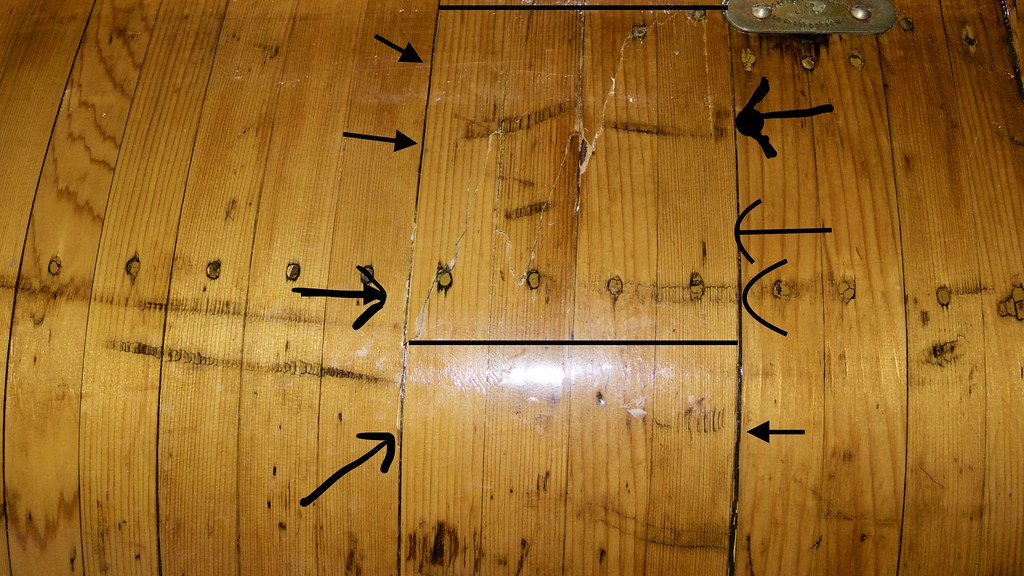 fullsizeoutput_3b95
fullsizeoutput_3b95 fullsizeoutput_3b9b
fullsizeoutput_3b9b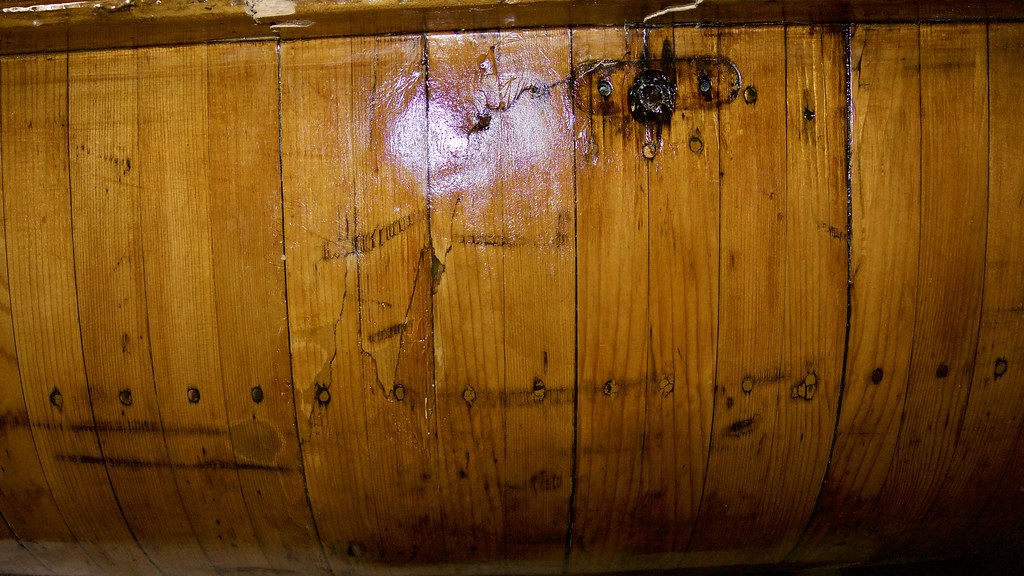 fullsizeoutput_3bb9
fullsizeoutput_3bb9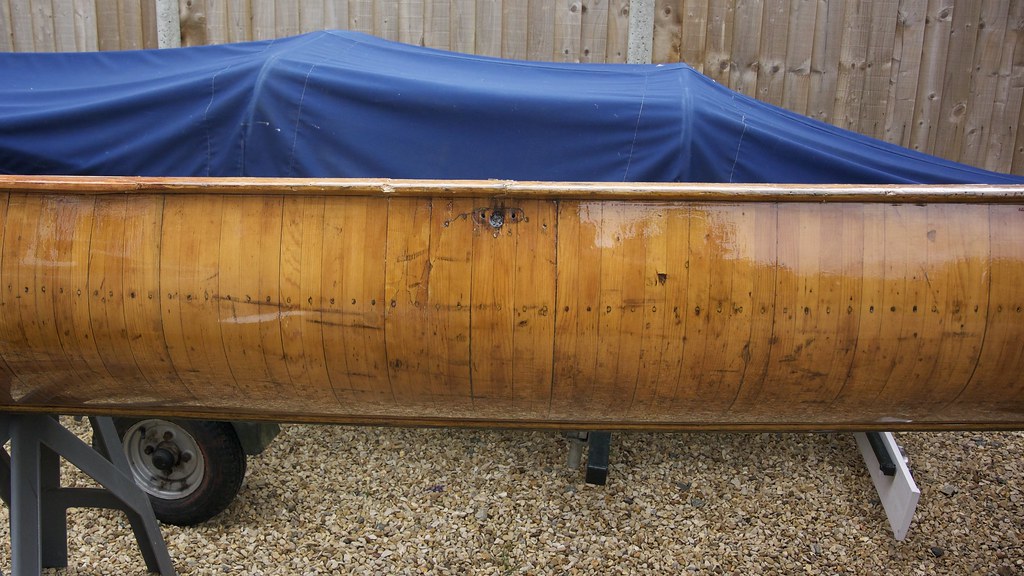 fullsizeoutput_3bc3
fullsizeoutput_3bc3 fullsizeoutput_3ba9
fullsizeoutput_3ba9 fullsizeoutput_3bc4
fullsizeoutput_3bc4 P1030922
P1030922 P1030924
P1030924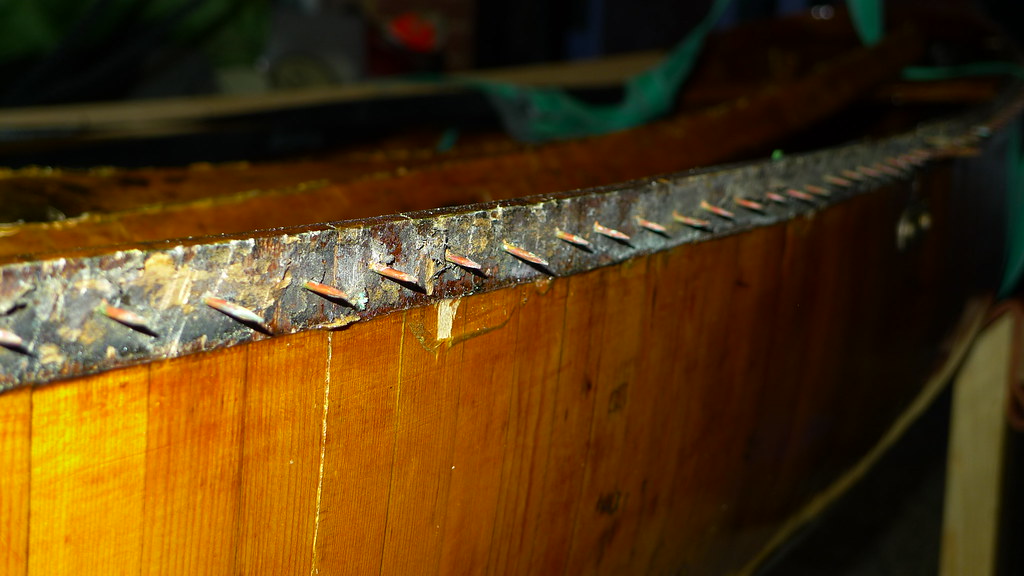 P1030934
P1030934 P1030935
P1030935 P1030942
P1030942 fullsizeoutput_3d13
fullsizeoutput_3d13 fullsizeoutput_3d14
fullsizeoutput_3d14 fullsizeoutput_3d11
fullsizeoutput_3d11 fullsizeoutput_3d15
fullsizeoutput_3d15 fullsizeoutput_3ede
fullsizeoutput_3ede fullsizeoutput_3ece
fullsizeoutput_3ece fullsizeoutput_3eec
fullsizeoutput_3eec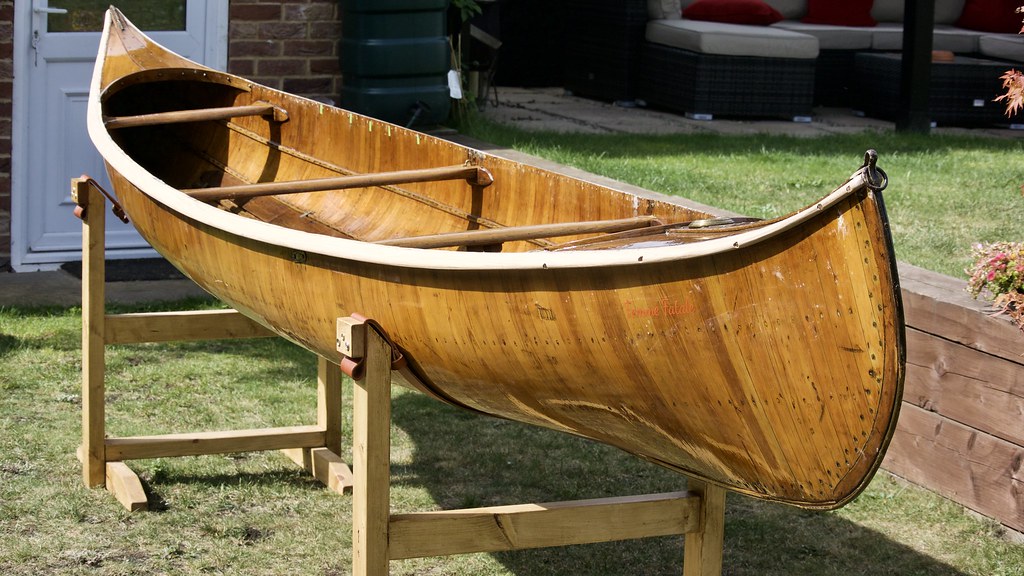 fullsizeoutput_3ef0
fullsizeoutput_3ef0 fullsizeoutput_3efe
fullsizeoutput_3efe fullsizeoutput_3edf
fullsizeoutput_3edf fullsizeoutput_3ed4
fullsizeoutput_3ed4 fullsizeoutput_3ef2
fullsizeoutput_3ef2 fullsizeoutput_3ef3
fullsizeoutput_3ef3 fullsizeoutput_3ef9
fullsizeoutput_3ef9 fullsizeoutput_3ef7
fullsizeoutput_3ef7 fullsizeoutput_3efc
fullsizeoutput_3efc fullsizeoutput_3efd
fullsizeoutput_3efd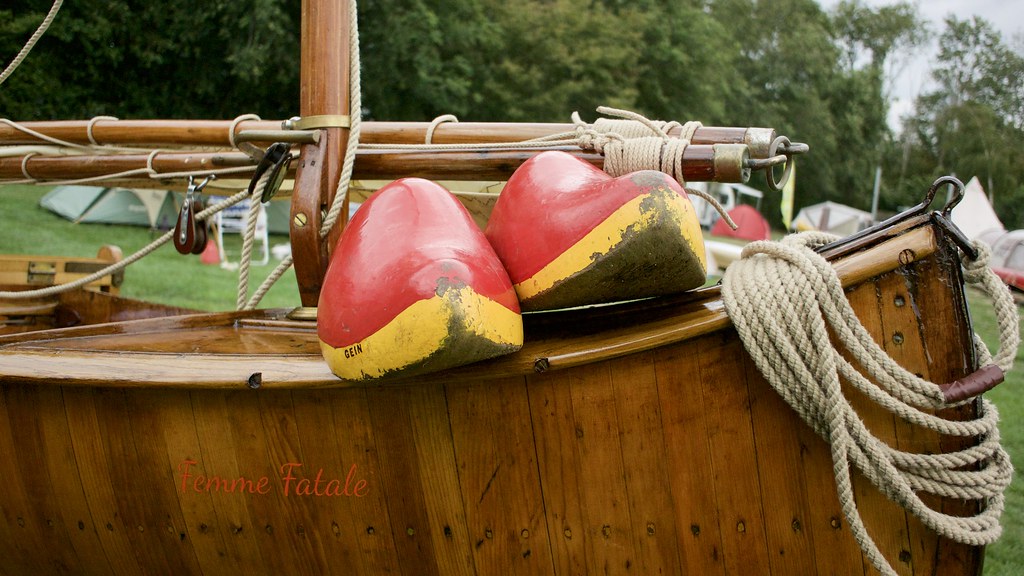 fullsizeoutput_401c
fullsizeoutput_401c fullsizeoutput_40aa
fullsizeoutput_40aa fullsizeoutput_3f82
fullsizeoutput_3f82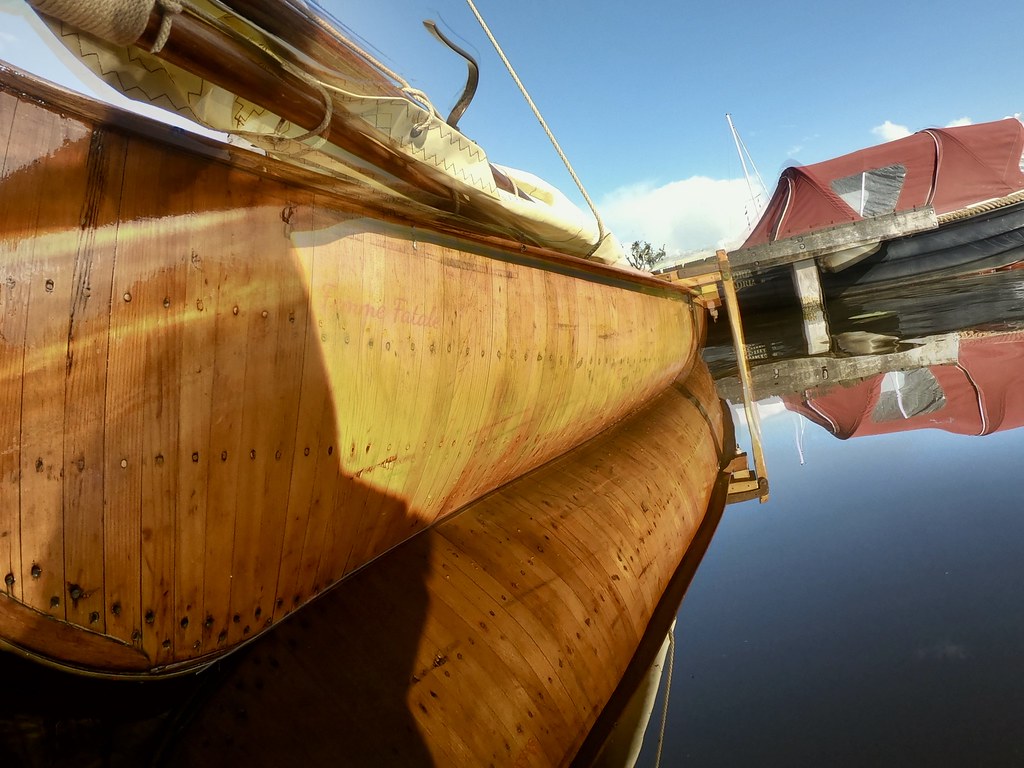 fullsizeoutput_413b
fullsizeoutput_413b GOPR0417
GOPR0417 fullsizeoutput_4138
fullsizeoutput_4138 G0090474
G0090474 fullsizeoutput_413d
fullsizeoutput_413d fullsizeoutput_409c
fullsizeoutput_409c fullsizeoutput_40a7
fullsizeoutput_40a7